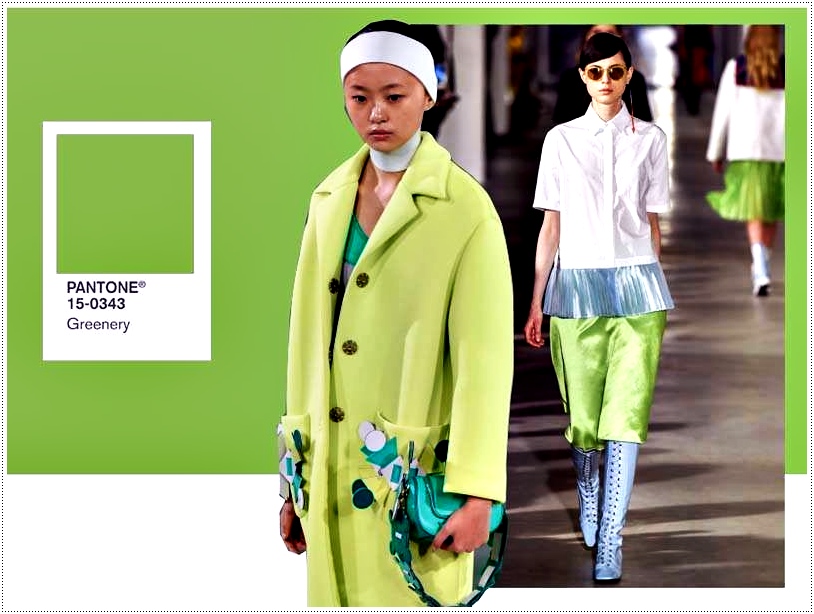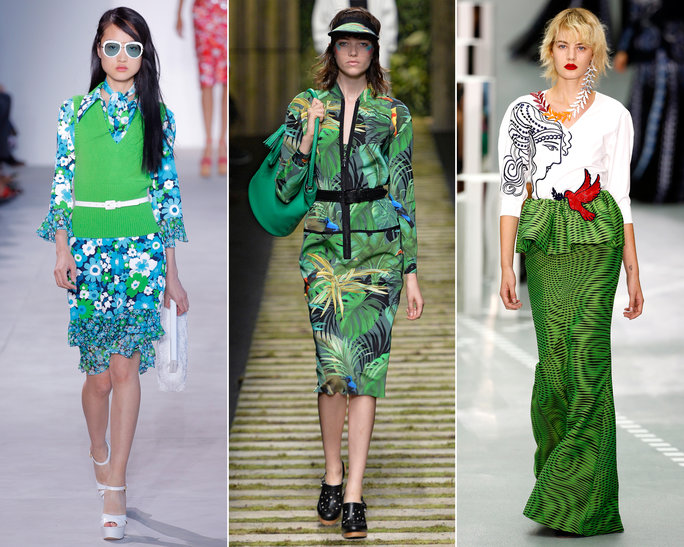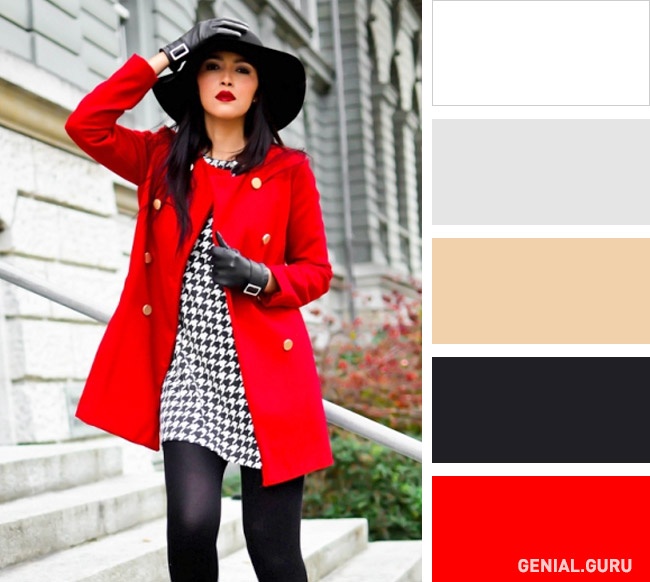
bonyadi magazine
THE PSYCHOLOGY OF CLOTHING: Meaning of Colors,
Body Image and Gender Expression in Fashion
ABSTRACT
We select clothes that we’re purchasing and wearing according to the meaning we believe them to have, or
the messages we believe them to send. But what are psychological consequences of clothing, and how does
clothing express something about the user? To assess the state of knowledge about the communicative nature
of fashion, the aim of this review was to provide a concise and succinct literature overview of over twenty
empirical studies of the above-mentioned concept. The psychology behind clothing is classified into 3 thematic
categories in this paper: a) the meaning of colors in clothing psychology; b) the socio-psycological impact of
clothing; and c) gender (in)equality regarding clothing. Finally the last chapter brings a concise study of a
few recent fashion shows, brands and trends. It is doubtless that both clothing and appearance serve as an
important socializing influence and a form of communication

INTRODUCTION
In early civilizations, the key purpose of clothing was to keep us warm and relatively dry. In the 21st century
we should be aware that protection is only one function of clothing (along with identification, modesty,
status and adornment). This means that clothing allows people to be recognized as members of a specific
group; it covers the body in a proper way; shows position or rank within a group; and it helps people express
their uniqueness and creativity
In many societies, dress sense embodies personal wealth and taste, and this was specially noticeable in the
past. George Taylor demonstrated this most vividly with the Hemline Index – a theory presented in 1926.
Taylor noted that as a country enters recession, women often show a preference towards longer dresses.
On the other hand during times of prosperity, the opposite result can be seen – hemlines (the level of the
lower edge of a garment such as a skirt, dress or coat) often become shorter [1]

Our dress sense is quite important to our reputation, because the clothes we wear send powerful signals
to our peers and strangers, projecting the self image of us that we want to display. Any artefact placed on
the body takes on social meaning in relation to its wearer [2]. Clothing serves an important socializing influence
and acts as a symbol of social status and identity [3]. It also plays a crucial role in the identity politics
of urban societies
From the perspective of fashion, clothing is our first social interface. Clothing functions as an important and
necessary social tool that interfaces our bodies with society [4]. Through clothing we inform others of our
personal and collective affinities. Clothing can signal many aspects of a person’s social identity including
socio-economic status, gender, religion, and occupation. Doctors, nurses, soldiers, police and military men,
postmen, judges, priests (...) are all identified and called upon by their attire

As soon as clothes are put on the body, they can influence one’s mood [5]. It has been documented that
individuals reinforce their mood and express their feelings through their clothing [6]. Also, clothing reflects
the self — the identity, the material practice we engage with in daily life [7,8]. One’s wardrobe is known to
be an extension of the diverse aspects of one’s beliefs and constructs social identity [9,8]
To understand what fashion communicates via person perception, it is important to consider the content
of person perceptions. This topic has been studied in the context of general person perceptions, not necessarily
those conveyed by fashion [10]. This paper examines and reviews an interdisciplinary, conceptual
framework – study of clothing behavior, based upon a synthesis concepts from cognitive social psychology
and symbolic interactionism. However, complexity in terms of the interdisciplinary nature of this area is
not shown in detail in this review
part of article of psychology colour












